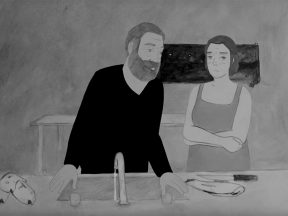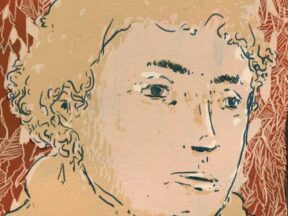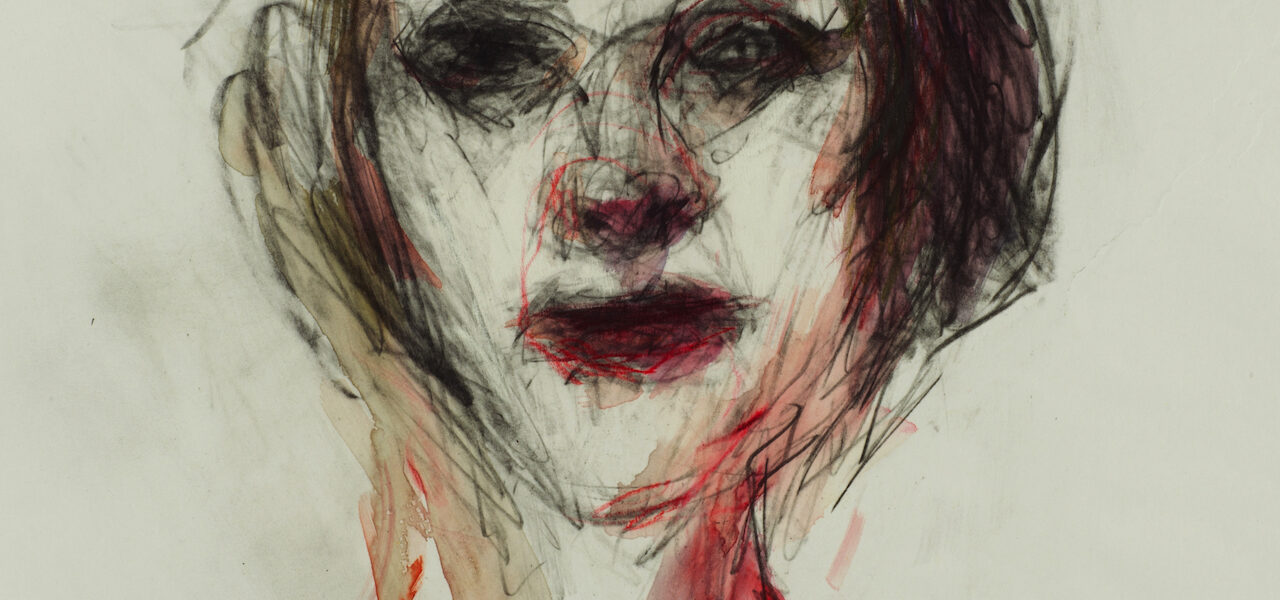
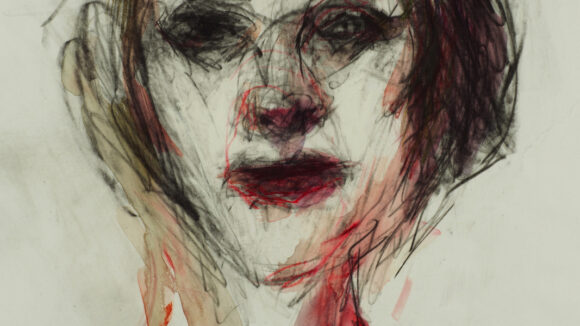
Enter The Impossible Province: Félix Dufour-Laperrière On His Québec-Set Feature ‘Archipelago’
It’s only been two years since Canadian animator and director Félix Dufour-Laperrière debuted his critically acclaimed feature Ville Neuve, an intimate drama set against the backdrop of the Québec independence referendum in 1995. Incredibly, he’s already back with an equally multi-layered, mesmerizing, and innovative new feature, Archipelago, which is debuting in competition at this week’s International Film Festival Rotterdam.
The film takes us on a journey along the archipelago of Québec, past islands on the Saint Lawrence River, as we hear the voices of an unknown woman and man. The woman might well be the voice of the river or Mother Nature or Québec; the man frequently tells her, “You don’t exist.”
Along the way, we encounter various sights and sounds from Québec’s real and imagined past. Memory, history, and dream are all rolled into one, just as they are in our daily lives. We’re never quite sure where or when we are, or who is speaking. The experience is akin, undoubtedly, to what some Québécois — and even many Canadians — feel about their fractured history and identity.
Archipelago is more diverse and ambitious, visually and technically, than Ville Neuve. The film combines painting and drawing on paper, animation in TVPaint, and painting and drawing directly under the camera. It also incorporates various other animation techniques — scratch, pastel, collage, stop motion, rotoscoping — in addition to manipulated live-action and archival scenes.
It was made over a period of three years — the core part of production was completely just before the pandemic greeted us — with a team of 12 animators (including Malcolm Sutherland, Philip Lockerby, Jens Hahn, and Eva Cvijanović). The budget came in at a modest CAD$625,000 (USD$485,000).
Ahead of the film’s premiere at Rotterdam, Cartoon Brew interviewed Dufour-Laperrière via Zoom to discuss the inspiration and pleasure behind its creation.
Chris Robinson: Given the short time between Ville Neuve and Archipelago, I’m guessing you had this new film planned and scripted before Ville Neuve was even finished.

Félix Dufour-Laperrière: I started writing it in 2015, just a bit after the script for Ville Neuve was done. Honestly, it was a gift. It was fun to write. It was very close to me and it was easy to finance, which was surprising given the “experimental” approach. It was damn fun to make. It was the kind of film that I wanted to make when I finished university, but I didn’t have the money or maturity to be able to organize it. I just wanted to go inside a studio with people I like to work with and make images for two years. That was really the basic principle.
How was that different from the process of making Ville Neuve?
With Ville Neuve, I was trying to control more. I did all the layout and key frames myself. I might have tried to control too much. For Archipelago, it was fun. I only made some images, notes, excerpts. From these references, the animators would go off on their own for six months and we’d talk every other day or so.
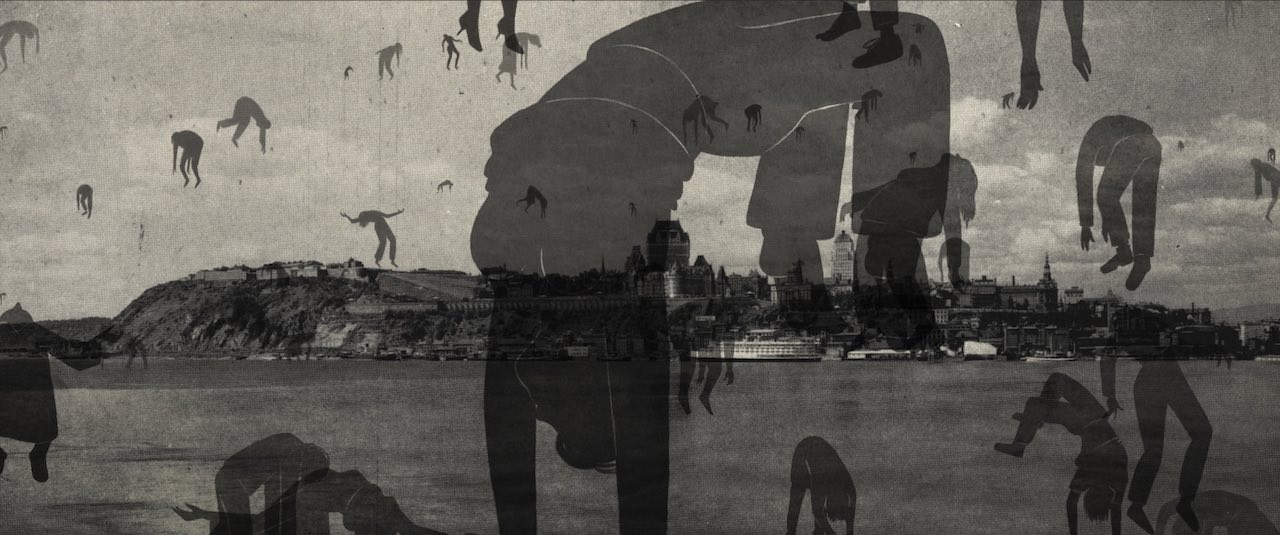
In some ways Archipelago feels like an extension of Ville Neuve, except you maybe move away from the personal towards more abstract and fragmented perspectives, as though you’re merging all kinds of voices from past and present into a single narrative.
It’s a bit of the same subject matter, treated differently. Formally it’s very different. Lots more color. I wanted to get away from the gray of Ville Neuve. I wanted to have fun. It’s a film about what makes a home or territory, but I put in a lot of things that I love: everything from the Québécois writer Hubert Aquin to my grandmother and daughter. When we belong to a place or community, a country or family, it is real — but there is also an imaginary dream space, something that you project onto that space. That is precious to me.
Yes, it seemed to me that while you certainly explore Québec and this idea of — as a character says in the film — an “impossible province,” you are asking a more general question about what home is.
Exactly. Archipelago has the same political intuitions as Ville Neuve, but it’s treated differently. A lot of it came from the relation with the archives. We love old footage of, say, windmills. It’s loveable. It’s also false, imaginary, and a politically problematic view of the past. Archival images can be sort of beautiful. You feel like a kid, like memories of childhood.
That’s so true. Every so often I will go onto the National Film Board of Canada website and watch some 1940s or 1950s films about, say, Ottawa. There’s something comforting and warm about these works even though they’re complete bullshit. Home movies are the same way. Everyone looks so jovial and loving and united in them, but the everyday reality was quite a bit different.
Yes, absolutely, they’re false. It’s theater.
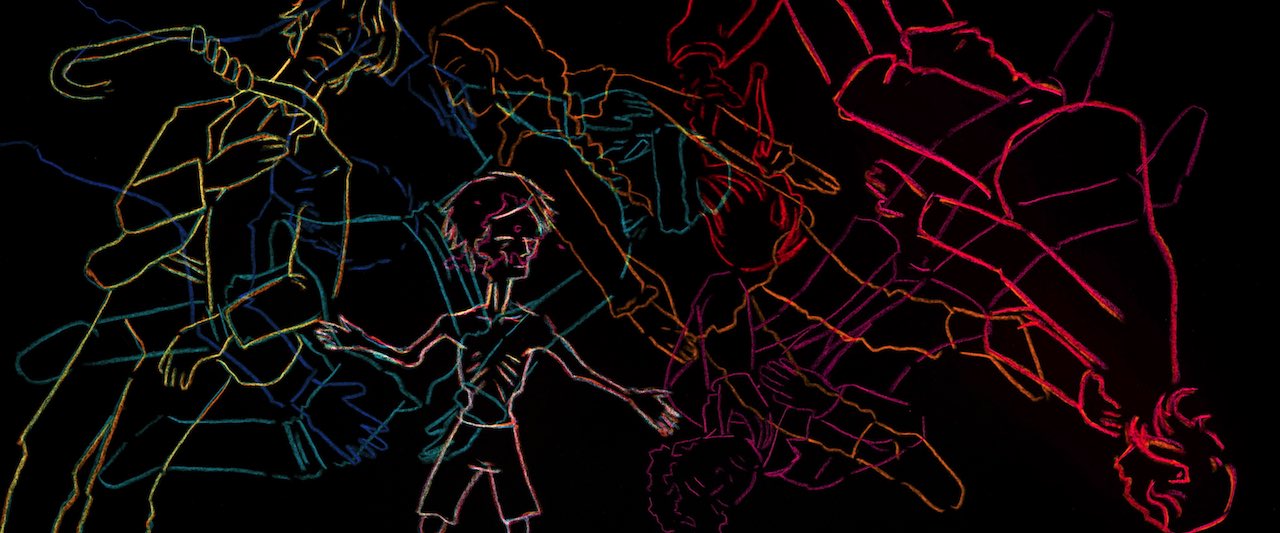
What does that phrase “impossible province” mean to you?
It’s Québec’s political destiny. We are still in this limbo between being fully part of Canada and carving out our own destiny. Many do not accept Québec fully being a province of Canada. There’s this unresolved tension. Jacques Ferron [a Québécois writer and doctor who is referenced in the film] had a phrase: the “uncertain country.” So it’s parroting that a bit.
We’re never quite certain who is speaking in Archipelago, let alone where and when those voices are from.
That was intentional. It’s linked to home, to something we belong to being part real and part imaginary. When we observe a situation, there’s a lot of real and imagined past that goes into our present perspective. It’s like a postmodern take on history. Everything is contemporary; past and present are living together. For me, it’s pretty important because it helps you name things that you feel and perceive.
Did you spend a lot of time rifling through archival footage?
Looking for the right archives wasn’t painstaking. Rather, it was an ongoing process during the whole first year of production. Some of it was planned to be included at the very beginning, some came from family footage, friends’ films. Some was shot in 16 mm during the production but appears as “archives.”
Surprisingly, the principal archive footage that is used to, in a way, structure the film — the islands of the Saint Lawrence, with the maps and footage from the 1940s — wasn’t planned. I found it while looking for other material.
This archive is used in various ways: as a quotation (introducing images and words from the past), as a basis for the rotoscoping, and also “against itself.” By that, I mean it is reworked and edited to criticize itself — to reveal that a part of it is false, politically oriented, and that we can (or should) also take a different meaning out of it so that a different historical narrative can emerge.

Because of the film’s experimental or non-linear approach and the different styles of animation, it sometimes felt like being inside someone’s sketchbook diary. Was there a lot of improvising going on?
Yes, a lot. From both me and the team. The team was really generous and involved. They had a lot of freedom but they gave a lot of themselves. There were five or six people who spent the whole two years with us.
Did you ever have any moments, because you were improvising, where you thought, “Shit, where is this going?”?
Yes, every week!
It must have been liberating too.
Yeah, it was good to just step out of your ego and try not to be so controlling. It was fun to talk with people you like being with and to see the images they’d made. I did feel a bit of anguish though about not having a film [at the end of the process].
I’m very precise with the editing. I recorded and edited the dialogue at the beginning so it’s very clearly placed. And I started putting the images over that. There ended up being over twice as much dialogue as originally planned.
How did you find your animators and what instructions did you give them?
It varied. For some sequences I was quite precise, but for others I gave them brief notes then just said, “Go and draw like you draw.” So your impression of it being like a sketchbook is right. Jens Hahn did some of the crowd sequences. It took me two years to convince him to just “go ahead, man, and do what you do.” I knew he was a painter, but he never shows anyone his work. He’s really good at free drawn portraits so I just asked him to do what he does.
I had some ideas about what I wanted for certain scenes, and approached animators whose work I thought would fit that. For example, I asked Phil Lockerby to draw the scene where people are drunk because I knew he was good at sketching people in bars.
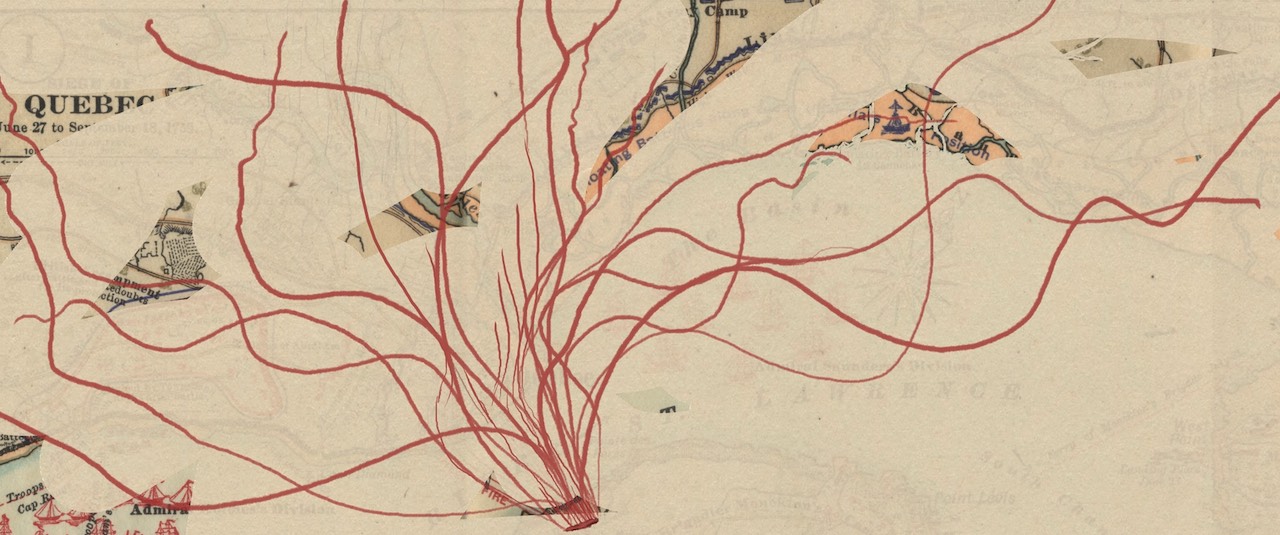
What’s next?
I have a new feature that is written and partially financed. It’s a French-Luxembourg co-production called Death Does Not Exist. It’s a tragic take on political violence.
Do you set out now to make a feature or do the concepts dictate the format?
[Laughs] It’s a bit of pride perhaps, but I do love having a screening to myself. It’s wonderful. I love the length and space that you get directing a feature. You can take more time. It brings animation out of its normal audience. I appreciate that. I’ve often launched films in a non-animation context. Those audiences often seem surprised by this auteur side of animation, and the beauty and strength of it.

